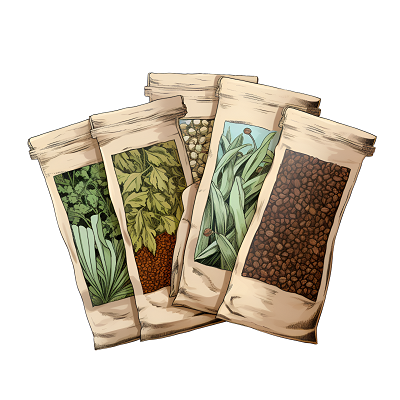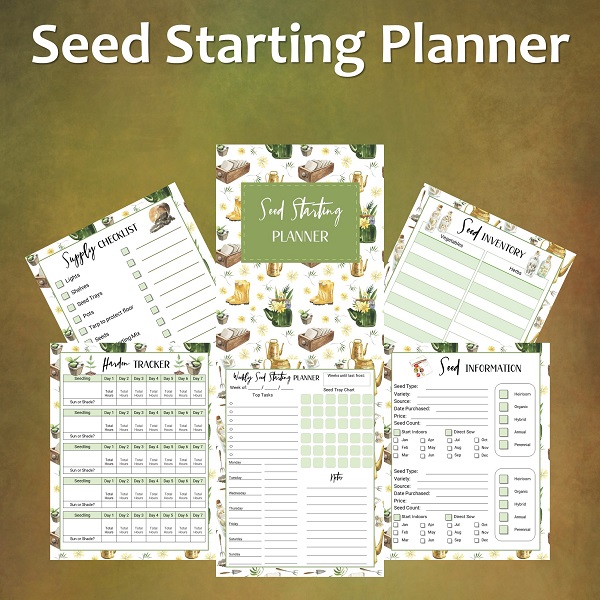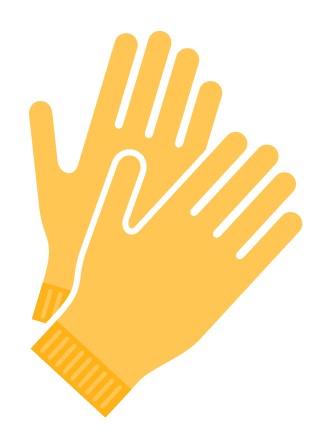 First, the soil needs to be ready before any seeds are planted. Acquire some ordinary garden compost, take the big rocks and pebbles from the soil. Then, take an ordinary seed tray; fill it with the sieved compost. Firm the soil down a little, not too much. Just make a nice flat surface. The compost needs to be watered first to make sure it is damp. Get the vegetable seeds and shake out some seeds into the palm of your hand.
First, the soil needs to be ready before any seeds are planted. Acquire some ordinary garden compost, take the big rocks and pebbles from the soil. Then, take an ordinary seed tray; fill it with the sieved compost. Firm the soil down a little, not too much. Just make a nice flat surface. The compost needs to be watered first to make sure it is damp. Get the vegetable seeds and shake out some seeds into the palm of your hand.
Sew them thinly, into the top of the compost. It can be quite difficult to see the seeds because they are usually black. Don’t worry if you drop them a little bit close together because as they come up, you can always thin them out. Reserve the remaining seeds for the second sewing. You can either cover the seeds with another sieving of compost, not too much, just about a quarter of an inch.
Make sure you’ve got an even covering, water lightly again over the surface, then you take your seed tray and place it in a propagator until the seeds have germinated, then you can move them back out into your greenhouse. And that is how you plant vegetable seeds.
Planting Vegetables from Seeds and Seedlings
You can plant vegetable seeds indoors or outdoors. If you plant seeds indoors, you can transplant them into your garden later. With direct seeding, you skip the indoor step and sow the seeds directly into your garden. If you’re serious about growing vegetables, you’ll probably end up using both options.
Consider these points when making your choice:
If you start at the right time, you can have vigorous seedlings ready to go into the ground at the ideal time. In areas with short growing seasons, starting seedlings indoors really gives you a head start.
Some vegetables don’t like to be transplanted. These vegetables include many of the root crops, such as carrots, beets, turnips, and parsnips. They’re cold-hardy vegetables, so you can direct seed them pretty early anyway. Crops like corn, beans, and peas are also pretty finicky about transplanting and grow better when you direct-seed.
Seeds are easier to start indoors than outdoors. You can more easily provide the perfect conditions for hard-to-germinate or very small seeds, including the ideal temperature, moisture, and fertility.
Unless the garden is located in countries where summer is really short, it is better off to sow some types of vegetables directly into the garden. Large-seeded, fast-growing vegetables, such as corn, melons, and squash, usually languish if they’re grown in containers for even a day or two too long. Before direct seeding, make sure that the soil has dried out sufficiently before you work it, and be sure that the soil is warm enough for the seeds that you want to plant.



